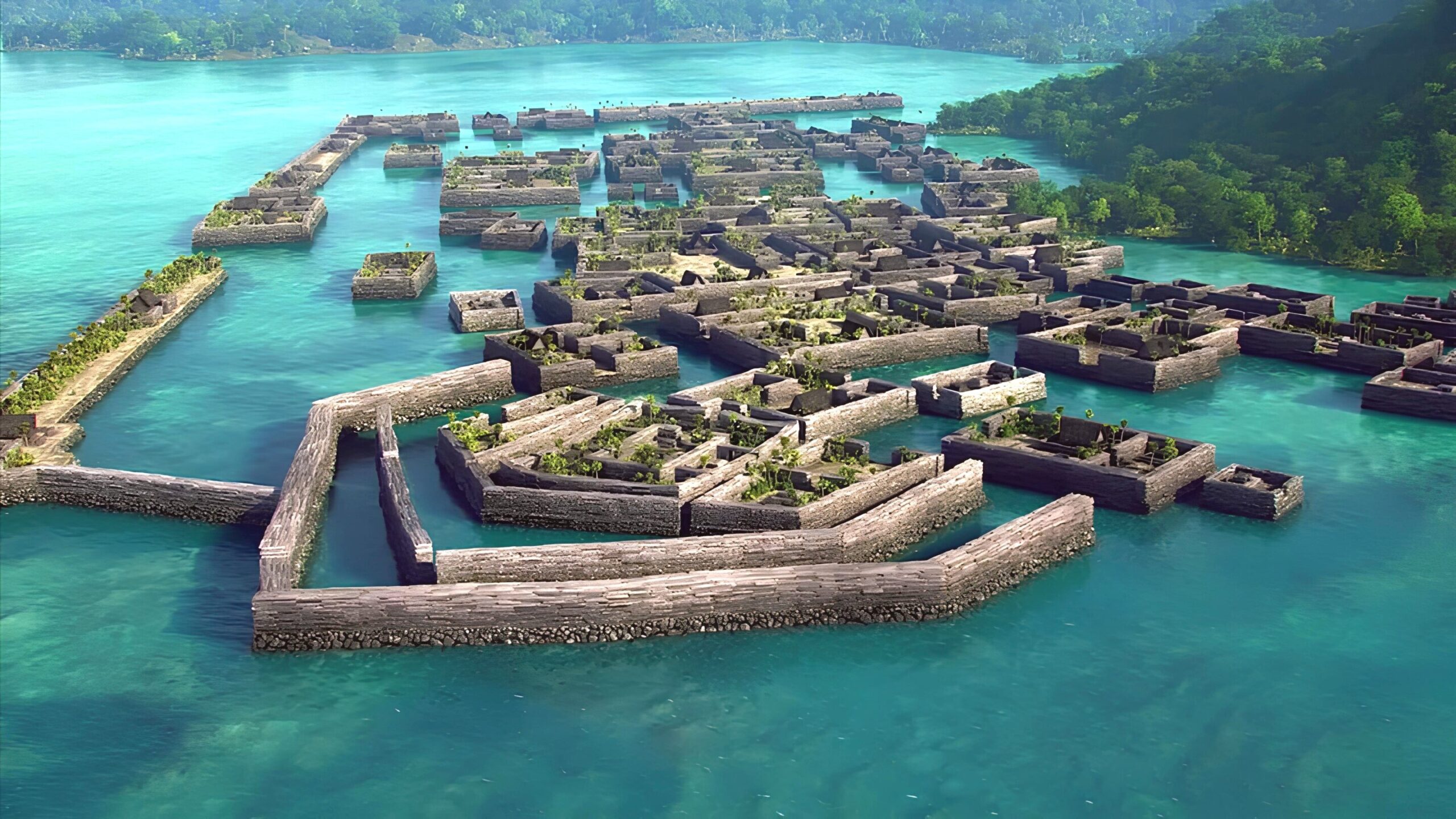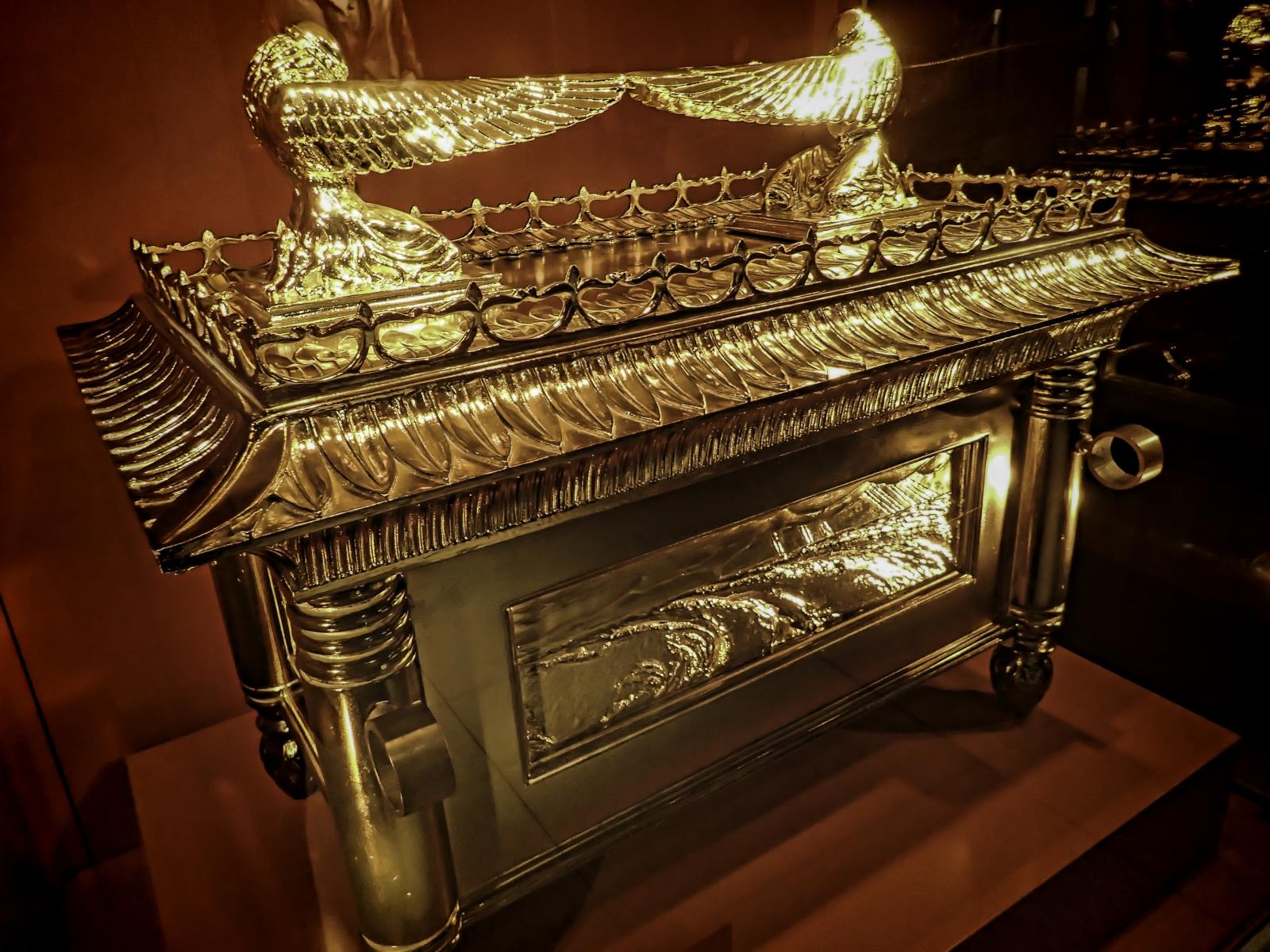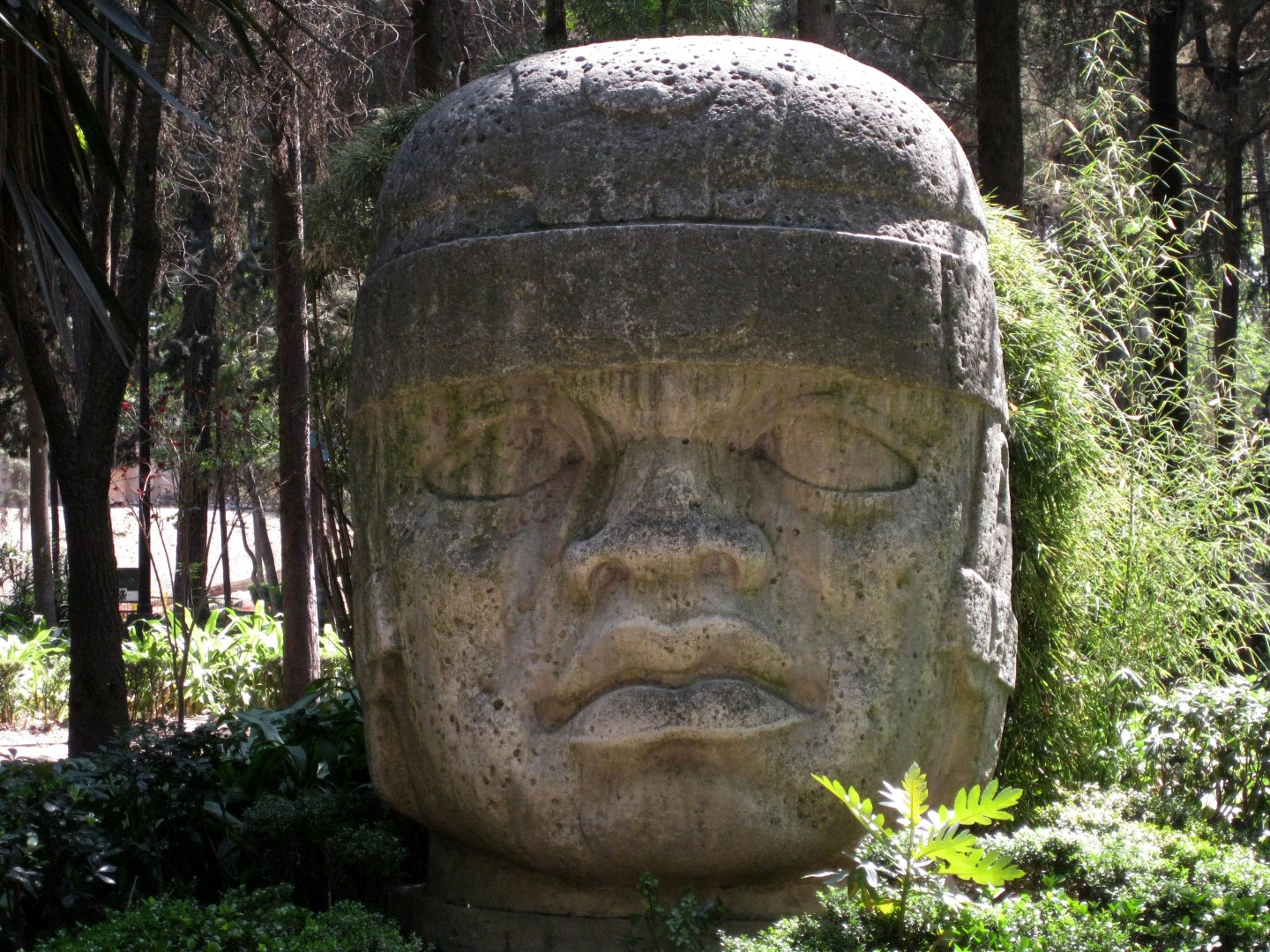
Off the eastern shore of Pohnpei in Micronesia, Nan Madol rises from coral reefs, a network of 97 basalt islands constructed between 1200 AD and 1600 AD by the Saudeleur dynasty. In 1839 AD, sailor James O’Connell became the first outsider to record this 222-acre site, with its walls reaching 25 feet and stones weighing up to 50 tons. Since then, its origins and intent have stumped scholars. Now, it beckons you to explore a marvel born from the sea.
Tracing Nan Madol’s First Sights

When O’Connell arrived in 1839 AD, he found Nan Madol tucked among mangroves, a maze of canals linking 97 man-made islets unseen by Western eyes until that moment. Soon after, explorers noted towering structures like Nandauwas, with 25-foot walls and a tomb sealed by a 50-ton slab. For centuries, Pohnpeians revered it as a sacred hub, yet no logs or charts mention it. Could a typhoon have silenced its creators? Indeed, that quiet start fuels its mystique.
Hands That Moved Mountains
Between 1200 AD and 1600 AD, the Saudeleurs quarried 750,000 tons of basalt from Pohnpei’s cliffs, some 25 miles off, to forge Nan Madol’s islands. Workers laid these hexagonal logs atop coral bases without mortar, building walls and platforms over generations using canoes and grit. Meanwhile, the tight fit of 25-foot stacks puzzles modern builders. Did they harness ocean currents to shift the loads? For now, that labor showcases a craft beyond its time.
Power Over the Tides

Many view Nan Madol as the Saudeleurs’ royal seat, with Nandauwas as a burial vault, though its sprawl suggests broader use, perhaps a ceremonial or trade center. Local lore marks it as their stronghold until 1628 AD, when rivals overthrew them, but details remain scarce. Alternatively, might it reflect a seasonal rite tied to the reef’s rhythms? Thus, its purpose dances between history and guesswork.
A Reef’s Enduring Tale
Recognized as a UNESCO World Heritage candidate in 2016 AD, Nan Madol lures visitors to Pohnpei, its stone islands holding firm against tides and vines. Unlike land-bound sites, its coral roots make it unique, so researchers scan its waters for lost relics. Ultimately, this place tells of a dynasty that tamed the sea, leaving questions we’re eager to answer.








